Hurricane Helene delivered a record punch this past week, leaving a trail of destruction from Florida’s Big Bend to the western mountain towns of North Carolina. And the impact could be felt much further away. If past natural disasters are any indication, thousands of flood-damaged vehicles could wind up being repaired just enough to put them out on the used car market. And unsuspecting buyers could be in for some major problems.
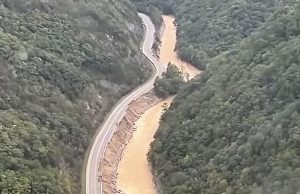
Many vehicles were caught when flood waters washed out roadways, including this section of I-40 in North Carolina.
It could take months to fully assess the devastation delivered by Hurricane Helene, never mind make repairs. But while the immediate damage was concentrated in several Southeast states, the long-term impact could be felt by motorists across the U.S.
Thousands of vehicles were damaged by the storm, according to preliminary estimates, whether washed away by flood waters or buried under sand blown onshore by record tidal swells. And many owners soon could find that, despite carrying insurance, they are out of luck when it comes to recouping their losses.
Whether by desperate owners or unscrupulous businessmen, some of those flood damaged vehicles may be put on the used vehicle market through an appropriately named scam known as “title washing.” Someone buying one of those vehicles could be in for a number of costly headaches.
What happens when a vehicle is flooded?
When a vehicle is submerged, it is subject to developing all sorts of issues, starting with mold.
- Body panels and other components can rust;
- Water can damage engines;
- And then there are all the electronic circuits that control everything from power windows to a car’s safety and infotainment systems. They can suffer intermittent or complete failures.
“A car that’s been in a flood, with the engine emerged for any length of time, will never be the same,” according to Carl Sullivan, a veteran inspector for California-based AiM Mobile Inspections.
What to do if your car is flooded
Drying out a car as quickly as possible, especially if it’s been submerged in salt water, is critical, Sullivan and other experts stress.
They also warn drivers not to immediately try to start up a vehicle after a flood, especially one where water might have gotten into the engine. That could lead to a catastrophic failure known as hydrolock. Instead, find a repair shop trained in dealing with water damage and have the vehicle towed in.
Motorists should take detailed pictures that can help support an insurance claim. Unfortunately, many owners discover too late that their coverage doesn’t include flooding.
More Consumer News
- Ford Offering Free Chargers, Home Installation, to Boost EV Sales
- Automotive Brand Loyalty on the Rise
- New Vehicles at their Most Affordable in Three Years
What about insurance?
“If you want to be covered for flood damage of your car you’re going to need comprehensive coverage which takes in acts of god such as hail damage or flood damage,” said Mark Fitzpatrick, an analyst with website MoneyGeek.
If your vehicle is new and still covered by a loan or lease, Fitzpatrick noted, you likely carry comprehensive, as it’s normally required as a part of your agreement. But older vehicles that have been paid off, he added, often have just the more minimal insurance coverage most states require. In that case, repairs – or even the replacement of the entire vehicle – may have to come out of pocket.
For those looking forward, industry data show comprehensive coverage typically adds between $400 and $500 annually to your insurance bill, though a variety of factors can influence the figure, including where you live, the cost of the vehicle and your driving record.
Title washing
Vehicle owners aren’t the only ones who need to worry about flood-damaged vehicles, however. And that warning is especially important at a time when inventories of new and used cars are in especially short supply.
Legally, any vehicle damaged or declared totaled due to flooding should have that clearly marked on its title. Most of them will either be scrapped and recycled or they may be broken down for parts. In some cases, owners may try to dry out a vehicle and then sell it, without alerting the buyer that it had been in a flood, according to the National Insurance Crime Bureau.
There are also plenty of scam artists, the NICB notes, who make a living out of acquiring flooded vehicles “at bargain prices.” They’ll be “cleaned up, and then taken out of state where the VIN (the unique Vehicle Identification Number) is switched and the car is retitled with no indication it has been damaged.”
Buyer beware
Purchase one of these vehicles and you might not immediately notice any problems but, over time, the smell of mold could become apparent. Corrosion might develop. Or lights and electrical circuits could start giving you trouble.
“Water-damaged vehicles can be transported anywhere for resale, and often continue to appear in the marketplace for many months following major floods,” AAA spokesperson Ellen Edmonds said in a statement.
The travel and road service recommends motorists acquire a vehicle history from companies like CarFax before purchasing a used car, truck or crossover. It should reveal if the vehicle has been flood damage – or if it were considered totaled in a crash.
Many smart buyers also will take a vehicle they’re considering in to have it checked out by a mechanic.
The warning signs
In the months ahead, experts warn, we can expect to see some flood-damaged vehicles slip into the used car fleet across the country. While buyers should also be cautious, it makes sense be doubly careful in the months after a natural disaster like Hurricane Helene.
When it comes to water-damaged vehicles, look for these warning signs:
- Dirt, grit or watermarks, as well as excess corrosion of components and body panels;
- Check around doors, hoods, trunks and tailgates, as well as crevices where water and mud could collect;
- It can be difficult to completely dry out lights, especially taillights, so look for signs of moisture.
- Damp or musty odors;
- New carpet or upholstery in an older vehicle. AAA suggests pulling back carpet to look for signs that the interior may have been flooded;
- Run both the heater and air conditioner for a couple minutes; and
- Check lights, window switches and other electrical devices to make sure they’re operating properly.
For some scam artists – as well as owners who don’t have insurance on their vehicles – the temptation to resell flood damaged cars can prove tempting. And that adds further emphasis to the old warning: caveat emptor. Buyer beware.

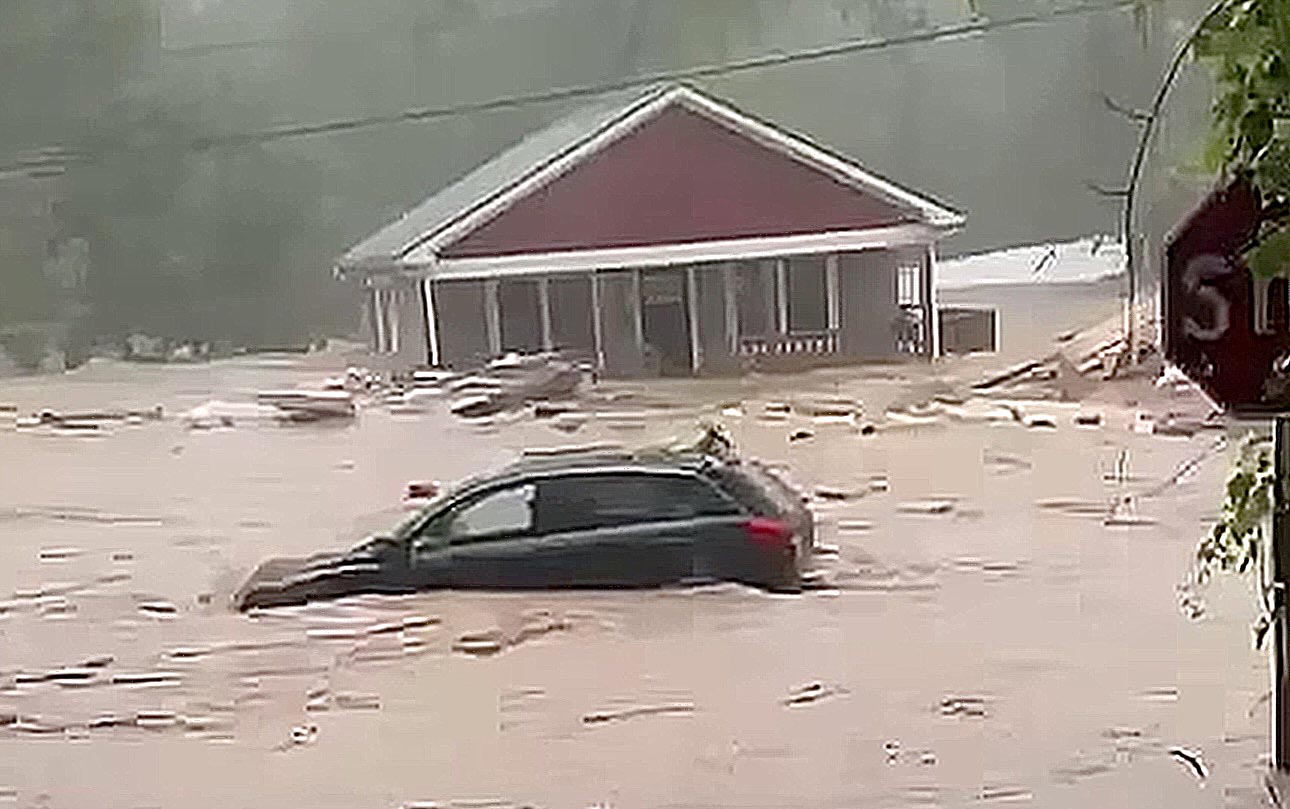
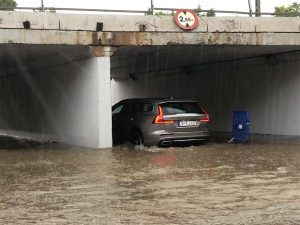
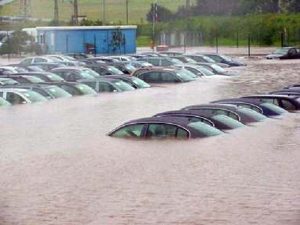
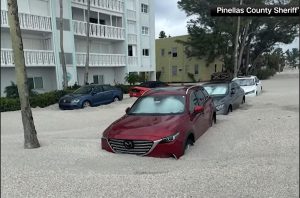
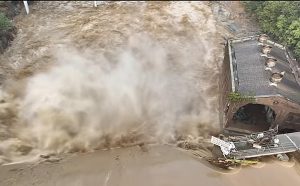

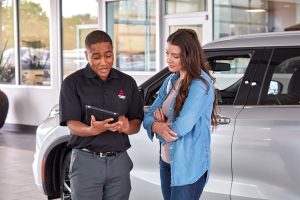
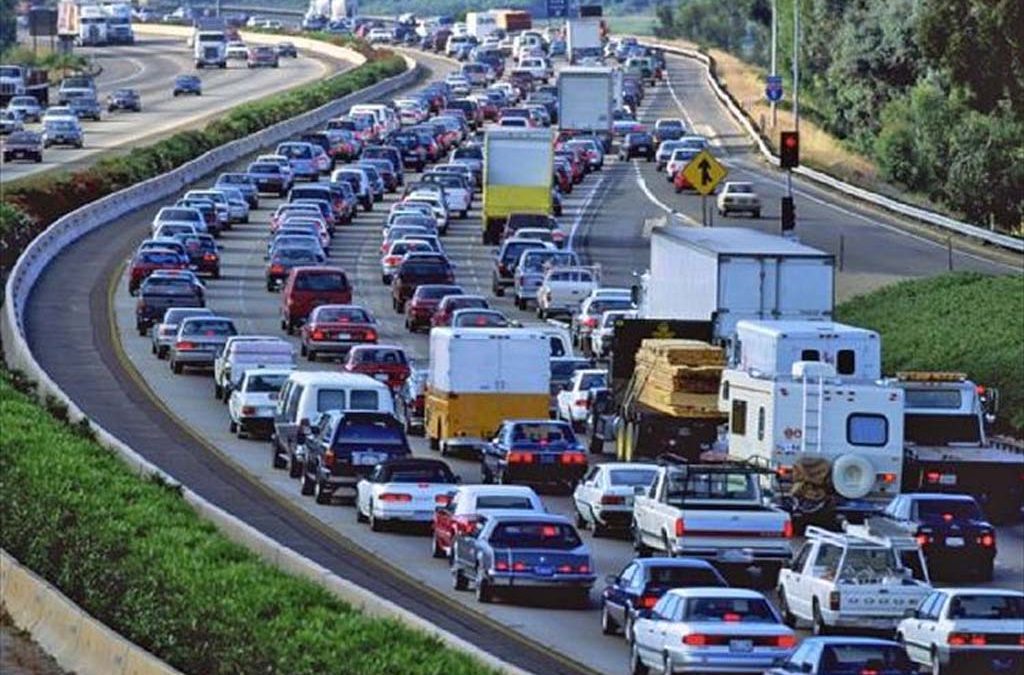
To start a flooded engine: hold the accelerator to the floor while cranking the engine.
LOL…and watch parts of the engine blow through the roof due to hydrolock, right?
Paul E.